|

 Up
Up 
 The Century
The Century
Before

(You are here.)
 Down
Down




  Need
to Need
to
find your
bearings?
Try
these
navigation aids:
If
this is your first
visit, please stop by:
Something
to share?
Please:



|
|
Available in Française, Español, Português, Deutsch, Россию,
中文,
日本, and others.
 he story of the invention of the airplane begins
about a century before the Wright
brothers' first flight. We've divided this time period into four parts: he story of the invention of the airplane begins
about a century before the Wright
brothers' first flight. We've divided this time period into four parts:
While many people made important contributions to the development of the
airplane during the century before the first sustained and controlled flights, there are
five people who stand out. These folks set the stage and helped create the scientific
culture in which the Wrights worked.
|
|
|
Sir George Cayley, an English baronet, first
conceived the idea of a fixed wing aircraft in 1799, then built the first
successful model (unmanned) glider in 1804. A conscientious scholar, he conducted the first controlled
experiments in aviation, proposed aeronautical theories, and raised the quest for flight
from a fool’s hope to a true science.
In 1810, he wrote On Aerial Navigation, the first
scientific work on aeronautics. In 1853, near the end of his career,
he designed, built and successfully tested a manned glider. It
reportedly carried his coachman for several hundred feet down the
slope of a hill near Scarborough, England.  Pre-Cayley Airplanes
Pre-Cayley Airplanes
|

Caylley's original design for a fixed-wing airplane, first published
in 1810 was remarkably modern with a canoe-like fuselage, cambered
wings, and a cruciform tail. It only lacked sensible propulsion –
Cayley suggested it be "rowed" across the sky with wing-like oars.

Humble beginnings:
Cayley's model glider of 1804 – the first scientifically designed
fixed-wing aircraft – was a kite on a stick.
|
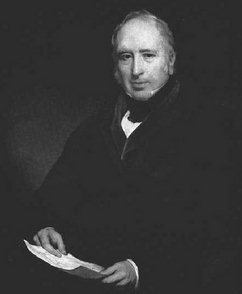
Sir George Cayley.
|
Jules Verne not only invented the
literary genre of science fiction, he helped invent a culture the
best described as "science hope" – the expectation that
science would continue improve life in general. His
books were more widely read than any others in history, save the Bible and
the Qu'ran. They encouraged
mid-nineteenth century folks to think about the possibilities that science offered —
and to expect that these possibilities would soon become realities. His first successful
novel, Five Weeks in a Balloon, was about flight; and his most successful novel, Around
the World in Eighty Days, included travel by air. In Master of the World, the
characters discuss the relative merits of lighter-than-air and heavier-than-air craft.
Verne comes down solidly on the side of airplanes.
|
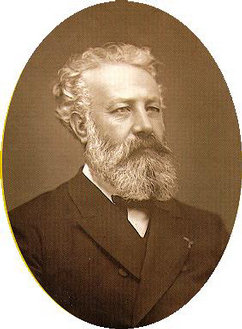
Jules Verne.
|
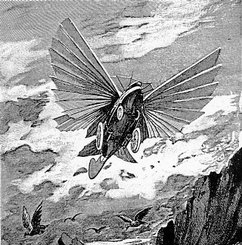
This illustration from Master of
the World shows Verne's conception of an airplane.
|
Alphonse Penaud was an enthusiastic student
of Cayley who furthered his scientific work. In 1871, he built a model
airplane with both longitudinal and lateral stability, and his
methods for achieving stability are still used today. He also designed a remarkably modern-looking
airplane with a retractable undercarriage and glass-enclosed cockpit. But
perhaps his most
important contribution to aviation was a popular children’s toy — the rubber band-powered airplane. Because of this plaything, a generation of
young scientists and engineers grew up believing powered flight was possible.
|
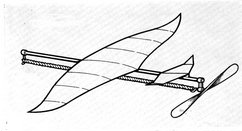
Penaud's rubber band-powered aircraft made a flight of 181 feet
(55.17 meters) before astonished French scientists at Tuileries
Gardens in Paris, France, on 18 August 1871.
|
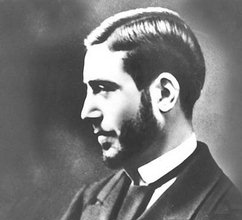
Alphonse Penaud.
|
Otto Lilienthal
invented the first successful
manned gliders and established the concept of the airman — a skilled
pilot who controlled his aircraft and carefully balanced it while in the air. Before
Lilienthal’s gliding demonstrations, it was widely assumed that an airplane would be
no more difficult to steer than a boat. Lilienthal died in a flying accident, and his
death set the Wright brothers in motion. Fittingly, his last words were "Sacrifices
must be made."
|
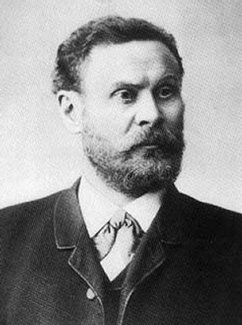
Otto Lilienthal.
|
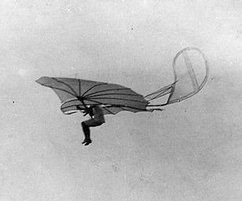
Otto Lilienthal flying in Germany in 1893. He controlled the
aircraft by kicking, extending, and bending his legs to change the
glider's center of gravity.
|
Octave Chanute collected and organized the
disparate aeronautical research that was taking place at the turn of the twentieth century
and became a nexus through which aviation enthusiasts shared information. In 1896, he
sponsored a group of enthusiasts who experimented with several glider designs in the
Indiana dunes on the shores of Lake Michigan. The most successful design, a biplane glider
with trussed wings, was the model for the Wrights' first gliders. Chanute also served as a
sounding board for several engineers and inventors, among them, the Wright brothers.
|
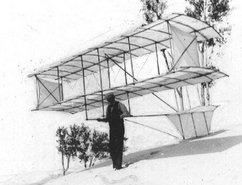
Chanute's 1896 glider, ready for take-off at the Indiana dunes.
Augustus Herring, Chanute's co-designer, was the pilot.
|
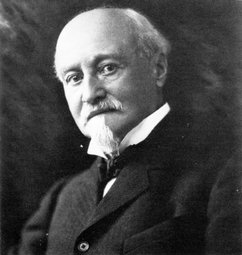
Octave Chanute.
|
|
|
|

